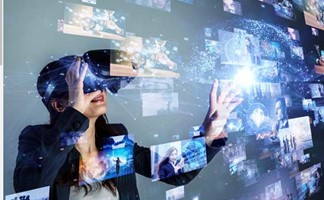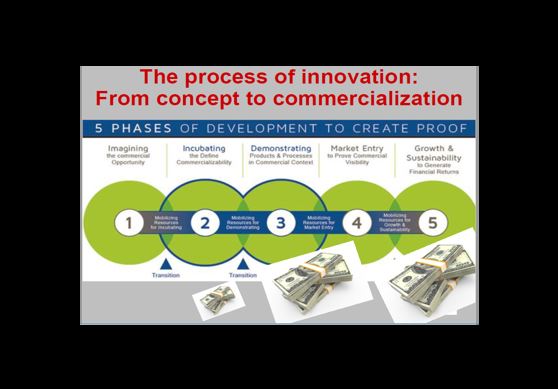Immersive media is creating new opportunities for leadership communication.
Immersive storytelling invites audiences to jump into the center of the situation and experience it for themselves.
Although you may be busy shaping your organization’s vision and direction, it’s good to know that you can tap into a new generation of talent to help you create compelling, immersive communication.
Rather than the “show-and-tell” communication of the past, immersive media features the opportunity to present stories as immersive experiences that showcase factual, well-researched information.
Artists, digital creators, engineers, writers, and producers are helping audiences not only see, but experience information firsthand so the audience decides.
Here’s a brief primer for learning about emerging media techniques being used for immersive communication.
Augmented reality (AR) combines virtual images on top of the real world, augmenting your senses to create new experiences. For example, you might point your smartphone to a piece of art in a museum, and information about the artist appears as you view the art. AR often is combined with virtual reality (VR).
Extended reality (XR) is an emerging umbrella term for all the immersive technologies. The ones we already have today—augmented reality (AR), virtual reality (VR), and mixed reality (MR) plus those that are still to be created. All immersive technologies extend the reality we experience by either blending the virtual and “real” worlds or by creating a fully immersive experience.[1]
Mixed reality is a hybrid reality where digital and real-world objects co-exist and can interact with one another in real-time.
360 video is recorded in all directions, providing a complete 360-degree view. While watching these videos, you’re able to control the viewing direction to watch the video from whatever perspective you’d like.
[1] Marr, Bernard (2019). What Is Extended Reality Technology? A Simple Explanation For Anyone. Forbes, August 12, 2019. https://www.forbes.com/sites/bernardmarr/2019/08/12/what-is-extended-reality-technology-a-simple-explanation-for-anyone/?sh=11fc64fc7249.




